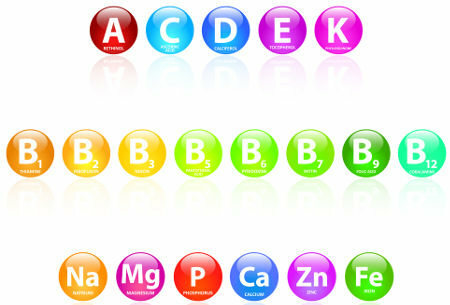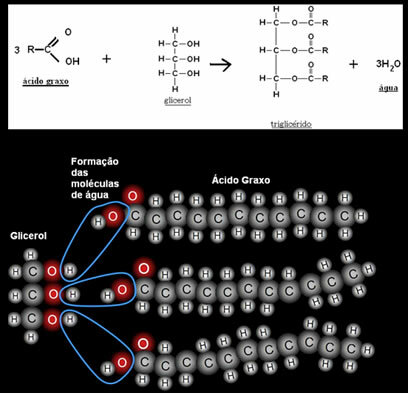Combustibility: is the property that a compound has to burn. Most substances that undergo combustion are of organic origin. That's why we say organic compounds are great fuels.
Examples:
- The gas we use in the kitchen (LPG) is composed of hydrocarbons, therefore it is organic.
- Fuel alcohol from automobiles - formula ethanol (CH3CH2OH) - is of organic origin.
Melting and boiling temperature
At room temperature, organic compounds are in three physical states: solid, liquid and gas. This proves that their melting and boiling points are lower than those of substances of inorganic origin, since most inorganic compounds are in solid state.
Compounds of organic origin have weaker intermolecular interactions and therefore have lower boiling and melting temperatures.
Examples:
- Butane gas (C4H10): The gas used in lighters has low melting (-138 °C) and boiling (0 °C) temperatures.
- Ethanol: combustible liquid with melting temperature (-117 °C) and boiling (78.3 °C).
Now compare these values with the melting (T.F) and boiling (T.E.) temperature of a solid inorganic compound, table salt (Sodium Chloride -NaCl).
T. F of salt: 801 °C
YOU. of salt: 1413 °C
As we can see, the inorganic salt used in our food has melting and boiling temperatures well above T.F and T.E. of organic compounds.
Solubility in water
This property is related to the polarity of the organic molecule.
Non-polar organic compounds: they are practically all insoluble in water. Following the rule: "Like dissolves like", we see the reason. As water is polar, it does not dissolve non-polar compounds such as gasoline, kerosene, diesel oil, etc.
Polar organic compounds: These can be dissolved in water. Examples: sugar, regular alcohol, acetone etc.
Do not stop now... There's more after the advertising ;)
By Líria Alves
Graduated in Chemistry
Would you like to reference this text in a school or academic work? Look:
SOUZA, Líria Alves de. "General features"; Brazil School. Available in: https://brasilescola.uol.com.br/quimica/caracteristicas-gerais-dos-compostos-organicos.htm. Accessed on June 28, 2021.
e) CH2
/ \
H2C CH2
│ │
H2 C CH2
\ /
CH2
c) CH3 CH2 CH3 or CH3CHCH3
│
oh



